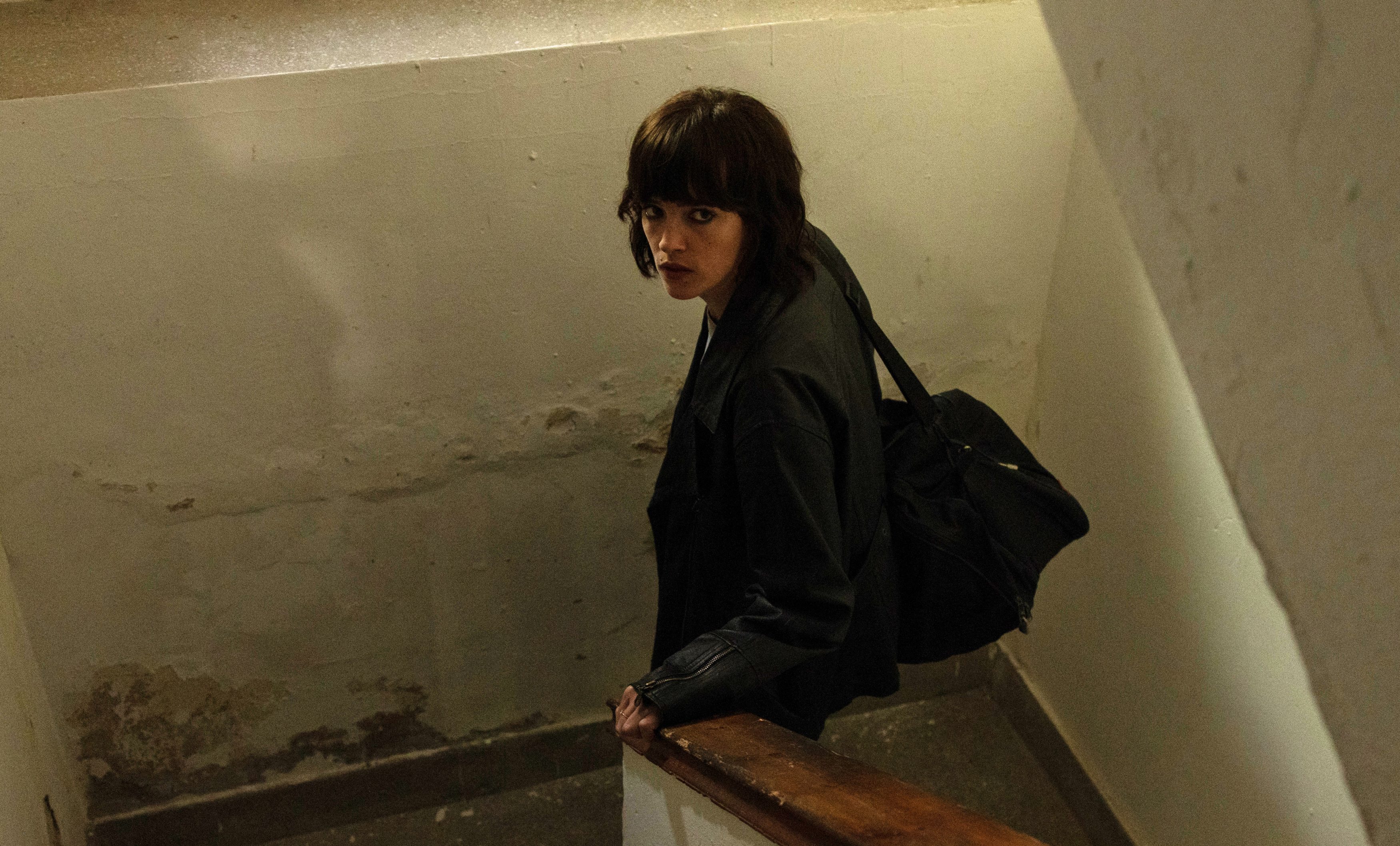Netflix’s She Walks in Darkness is a tense political thriller that grips from start to finish. Directed by Agustín Díaz Yanes, the film dives deep into Spain’s long and painful history with the Basque separatist group ETA. With its slow-burn tension and emotional depth, the movie’s ending is both haunting and powerful.

She Walks in Darkness Ending Explained
The story follows Amaia, a young Guardia Civil officer who has been living undercover within ETA for more than a decade. Her mission, called Operation Mayhem, is to gather intelligence on the group’s activities and locate their hidden weapon caches known as “zulos”. But the years of deception have taken a toll, Amaia’s loyalties blur, her mental health frays, and she begins to lose her sense of self.
In the final act, tension reaches its peak when ETA leaders begin to suspect that there’s a mole among them. Their paranoia grows after several failed missions and sudden arrests. Amaia knows her cover is at risk, but she continues to send coded information to her handler, Colonel Sánchez, who works secretly within the Guardia Civil intelligence unit.

The turning point arrives when ETA leader Anboto discovers clues revealing Amaia’s true identity. She orders that Amaia be eliminated under the guise of a simple errand, a drive to a safehouse that’s actually an ambush. However, Colonel Sánchez has anticipated this possibility. To warn Amaia without exposing himself, he arranges for a special song, “Parole Parole,” to be played on a radio programme that Amaia listens to. The song had been established earlier in the film as a secret signal, a final alert meaning: Run. You’ve been compromised.
As the familiar melody plays over the radio, Amaia realises the truth, she’s been found out. Panic sets in as the car veers toward the woods. She escapes before it’s too late, running through the dark forest while gunshots echo behind her. The sequence is both thrilling and heartbreaking, symbolising her desperate bid not only for survival but also for freedom from the lies she has lived.
At the same time, Colonel Sánchez initiates the final phase of Operation Mayhem. Through Amaia’s intelligence, Spanish authorities close in on several ETA strongholds, leading to the arrest of high-ranking figures including Anboto. The editing between Amaia’s flight and the simultaneous arrests adds a poetic symmetry: while she’s fighting for her life, her years of sacrifice are finally paying off.

By dawn, Amaia reaches a quiet country road, exhausted but alive. She looks up as sunlight breaks through the trees, a subtle yet powerful image suggesting liberation. However, the film doesn’t grant her full peace. She’s still alone, her identity fractured beyond repair. She has survived, but the cost of survival is immense. The camera lingers on her face, neither triumphant nor defeated, just haunted by everything she’s lost.
To Wrap Up
The ending of She Walks in Darkness avoids the simplicity of clear victory or defeat. Yes, Amaia survives, and yes, her mission succeeds in dismantling a part of ETA’s operations. But the emotional resolution is deliberately uneasy. Amaia has lived so long pretending to be someone else that she no longer knows who she truly is. The title captures this perfectly, the darkness is not just political, but personal.

The film’s final message lies in the conflict between duty and identity. Amaia’s story is not just about espionage; it’s about the psychological cost of loyalty. Her survival feels less like a happy ending and more like an escape from one nightmare into another — a life where she must now live with the memories of deceit and the ghosts of the people she betrayed.
Agustín Díaz Yanes crafts the ending with quiet precision. There’s no grand explosion or emotional outburst, only the soft, unsettling silence of aftermath. Ultimately, She Walks in Darkness ends not with clarity but with reflection. Amaia’s survival mirrors Spain’s own turbulent healing, a nation emerging from decades of conflict, scarred but still standing. The light that finally touches her face in the last frame is both literal and metaphorical: she walks out of the darkness, but its shadow will always follow.
Also read: 27 Nights Review: A Feel-Good Film That Does Its Job


